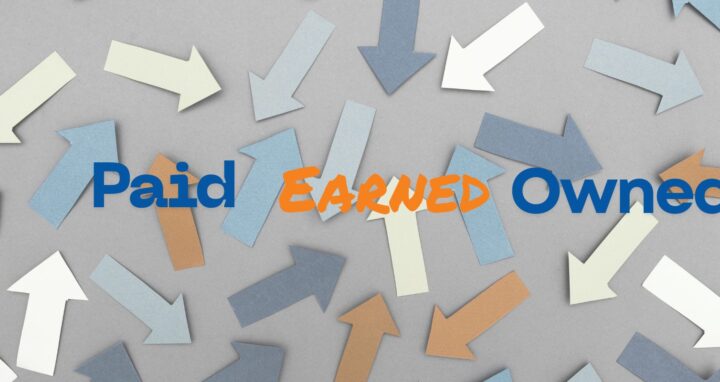This insight post is a summary of the original blog post published by Eloína Rivero of LF Channel. View the original, full-length blog post: Should We Use AVE to Evaluate PR Work.
One of the most common questions asked by companies looking to implement a public relations campaign for the first time is: what will be the return on my investment? PR professionals know that the effectiveness of corporate communications, public relations and advertising actions cannot be easily measured with numbers, metrics or percentages. Which can be difficult to explain in a data-driven business environment.
Let’s start by defining public relations activity. Public Relations are marketing strategies that seek to establish reliable relationships with different audiences of interest to a brand, such as the media, bloggers, streamers and/or industry influencers. Basically, the goal of a PR strategy is to establish relationships with all those audiences that can amplify a company’s message by offering value and raising brand awareness. Public relations include media monitoring programs and sending press releases, interviews, or influencer marketing.
Are public relations strategies effective in Spain?
Regardless of the value of each piece achieved individually, calculating the impact on sales of a PR campaign is not as easy to estimate as a digital advertising campaign, for example, where we can see connections between strategies and sales. How can we know if a person, after seeing an article in the press, decides to go to a brand’s website and get information and then make a purchase?
It is demonstrated that public relations are essential for many businesses. In fact, some studies, such as Context Analytics’ Media Prominence, show that, on average, 27% of a brand’s value is directly related to the frequency with which it appears in the press. Especially in those sectors where the user seeks information before buying.
This confirms that public relations strategies are effective long-term tools for companies, especially in building brand equity, providing reliability and public attitude towards a company, and establishing lasting relationships with customers and prospects.
How do we measure an effective PR campaign?
It seems that even today there is no homogeneous solution accepted and agreed upon by all companies in the sector to quantify the success of a communication or public relations action.
The most popular metric among agencies and communications departments is the economic value of the pieces of coverage obtained, or AVE. This figure is calculated by reflecting the price that this space would have if, instead of being obtained from a communication campaign, it had been paid for as branded content. In other words, it is the economic value equivalent to if the piece were advertising.
But publicity or editorial articles based on a press release are not equivalent to a paid pieces, like branded content. What is the difference? Sponsored content is paid, and in many cases it is written by the client itself or has many indications from the client, while the articles resulting from a press release are 100% editorial, based on the information in a press release but written by a journalist in an objective way.
Therefore, we believe that the economic value does not include some PR aspects, like:
- First, the AVE of an article does not measure the quality of the item and the value of the brand’s insertion within it. For example, it is a static value, more focused on the importance of the medium than the item itself.
- It does not measure the sentiment of an article. Articles can be positive, negative or neutral. And this should also be taken into account when rating an article.
- In the case of online media, the value is fixed, as the size of the article is not taken into account.
As economic value is an unreliable metric, monitoring and clipping tools tend to design their own formulas to measure and value articles, taking into account the visibility of the brand within an article, the position of the article, the feeling it conveys… Are these values sufficient? Of course, they are metrics that more accurately assess the effort behind a PR campaign than the advertising value. In fact, some companies have very complex models based on high-quality journalistic criteria. But the media ecosystem has changed a lot in recent years, and this has made advertising value insufficient to evaluate many PR or communications campaigns.
Are you ready to learn more about the new variables to evaluate communication and public relations campaigns? Check out the full blog post Should We Use AVE to Evaluate PR Work. You can also find other insights on PR Strategy from our partner network.
Founded in 1996, LF Channel has grown to include offices in Barcelona and Madrid, Spain. In the past 21 years, LF Channel’s commitment to producing results has earned them a reputation of reliability and trust with clients, media and market influencers. LF Channel specializes in lifestyle, consumer electronics and technology markets.




